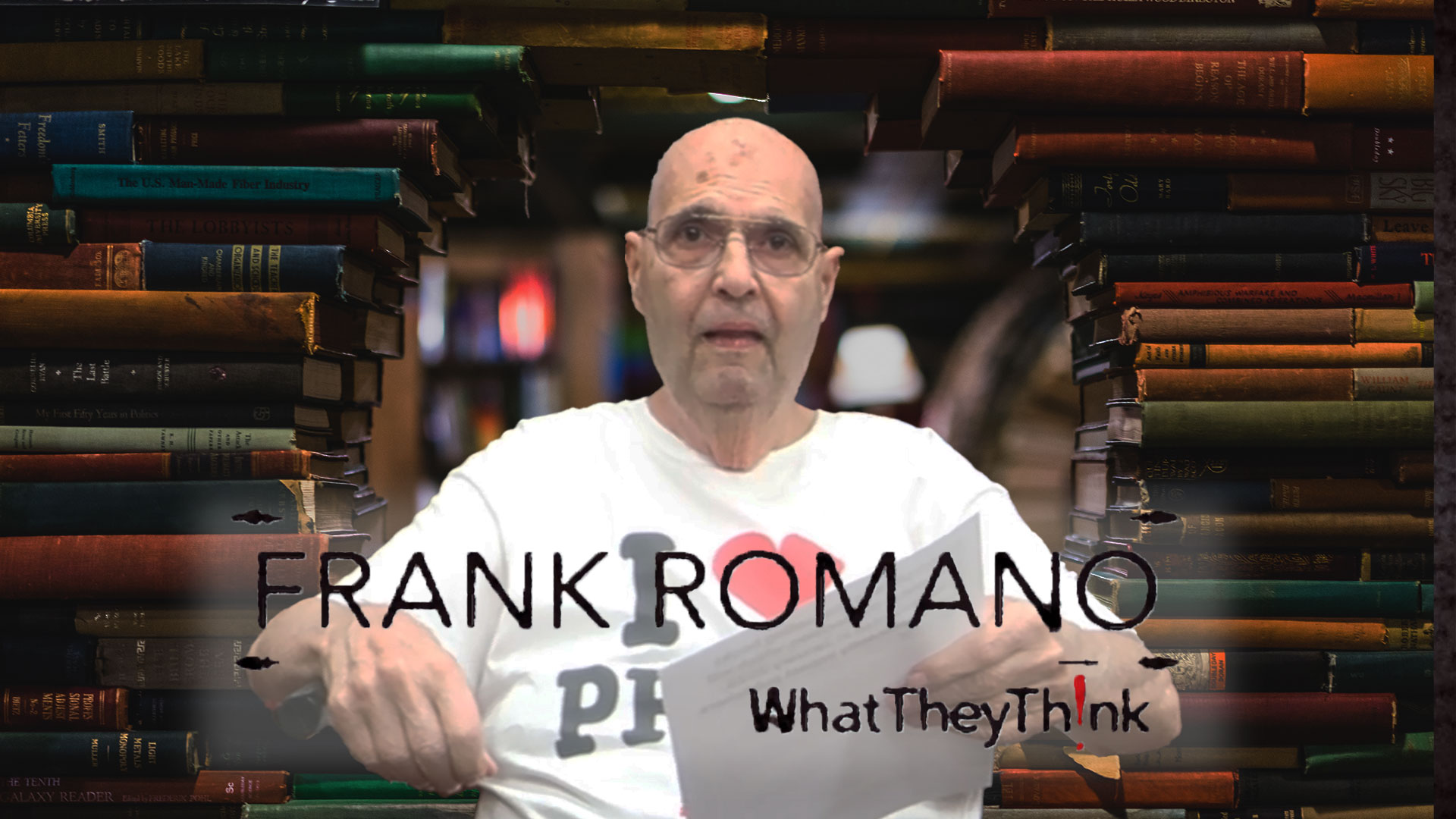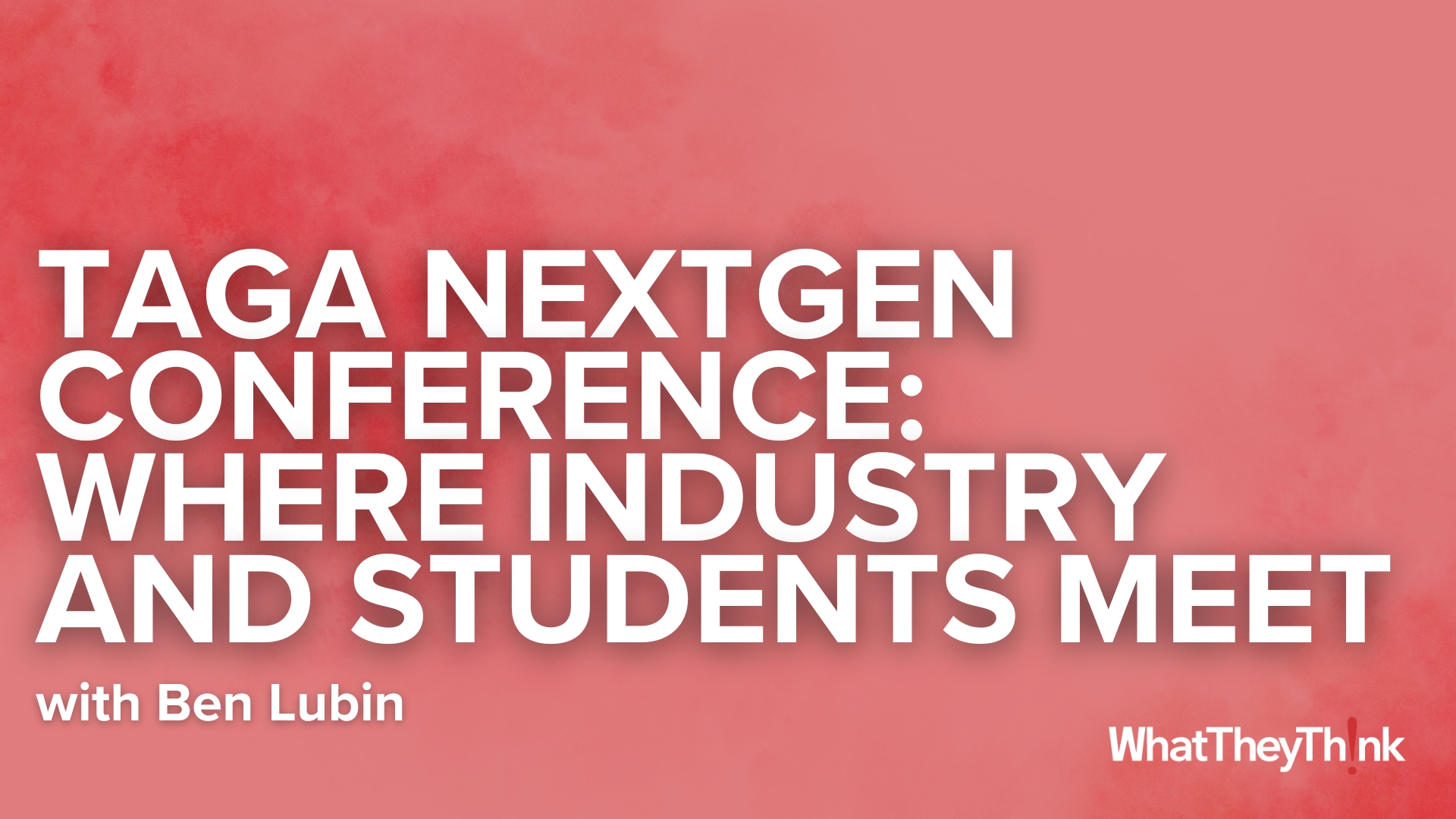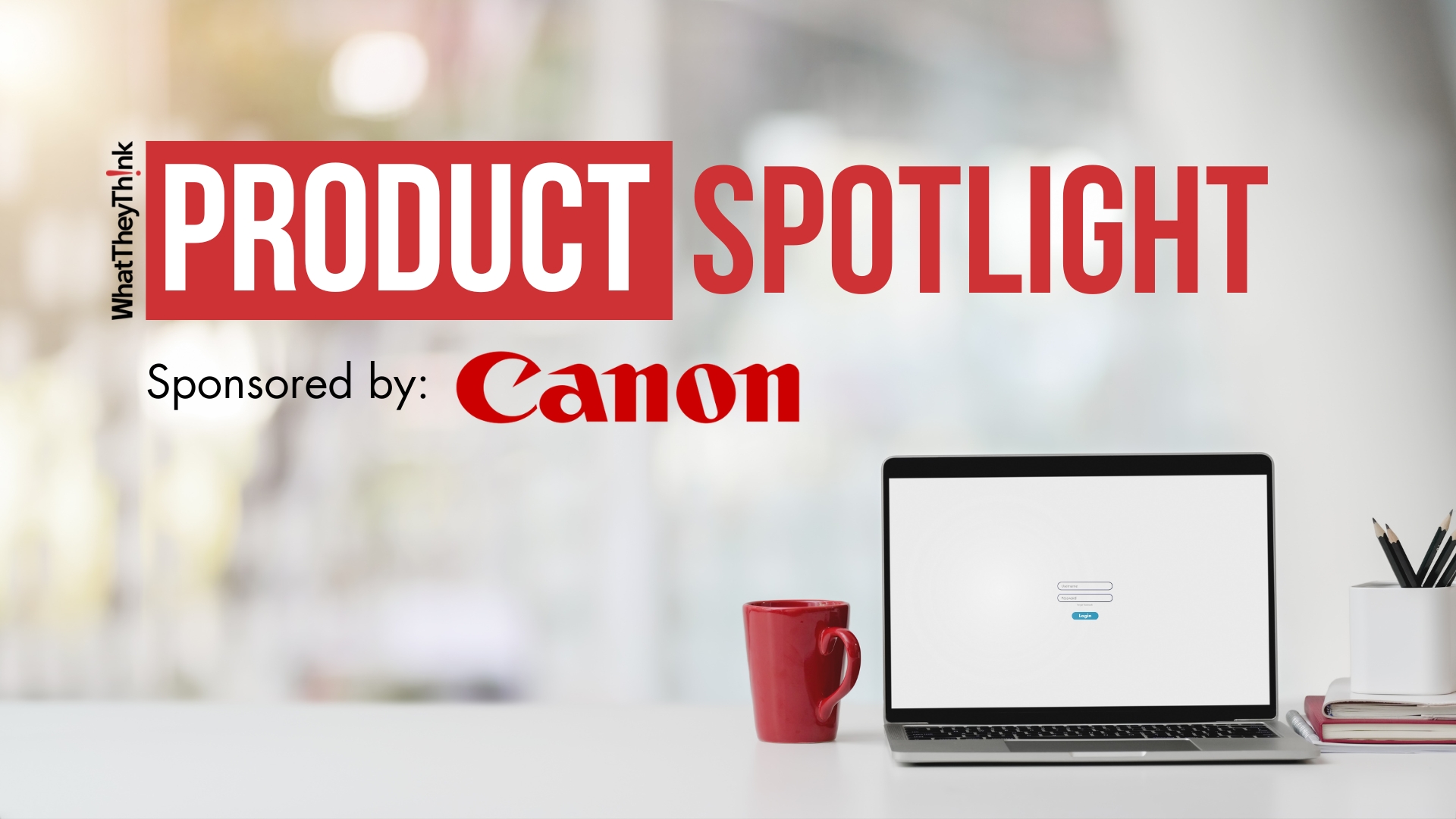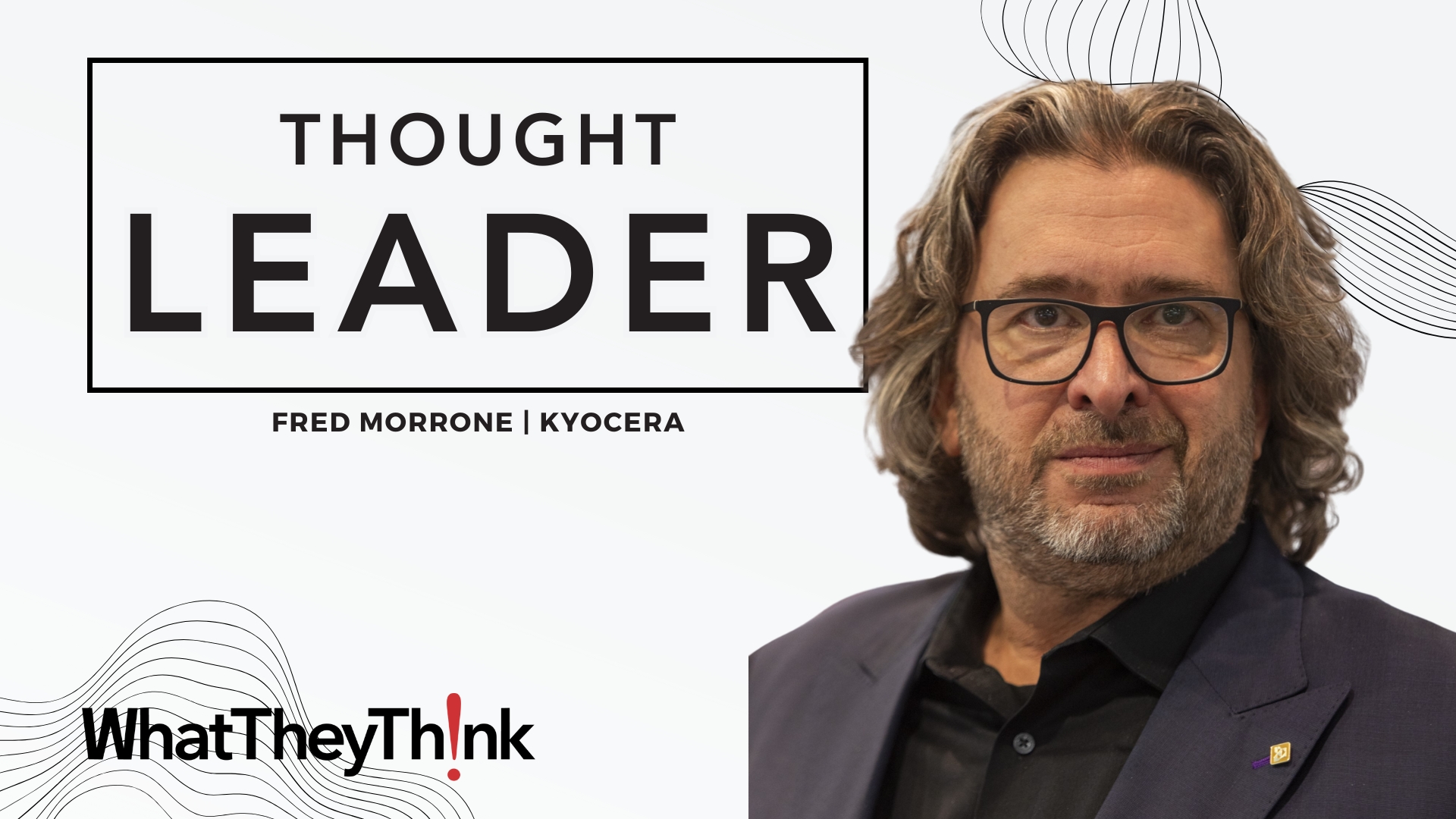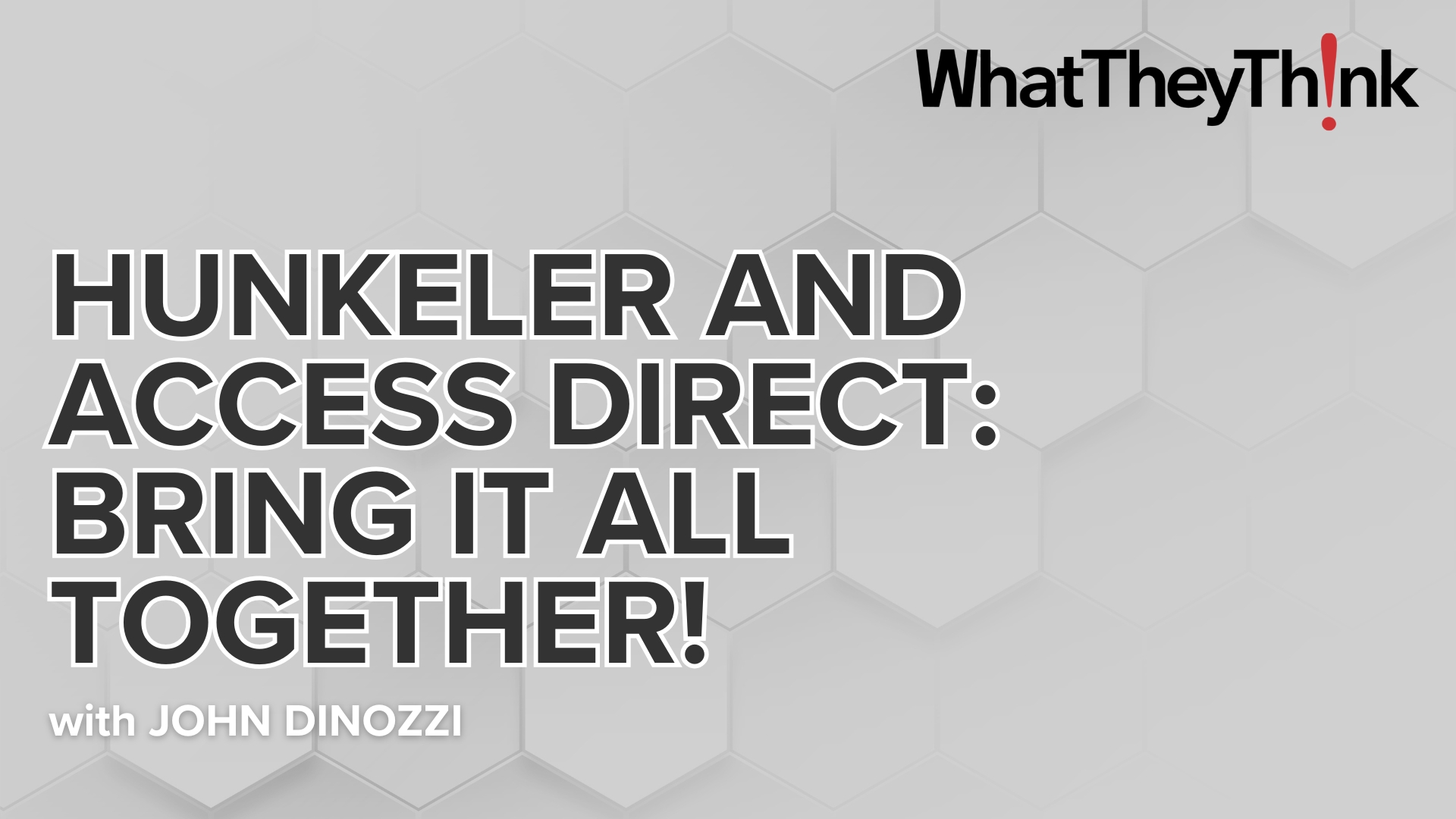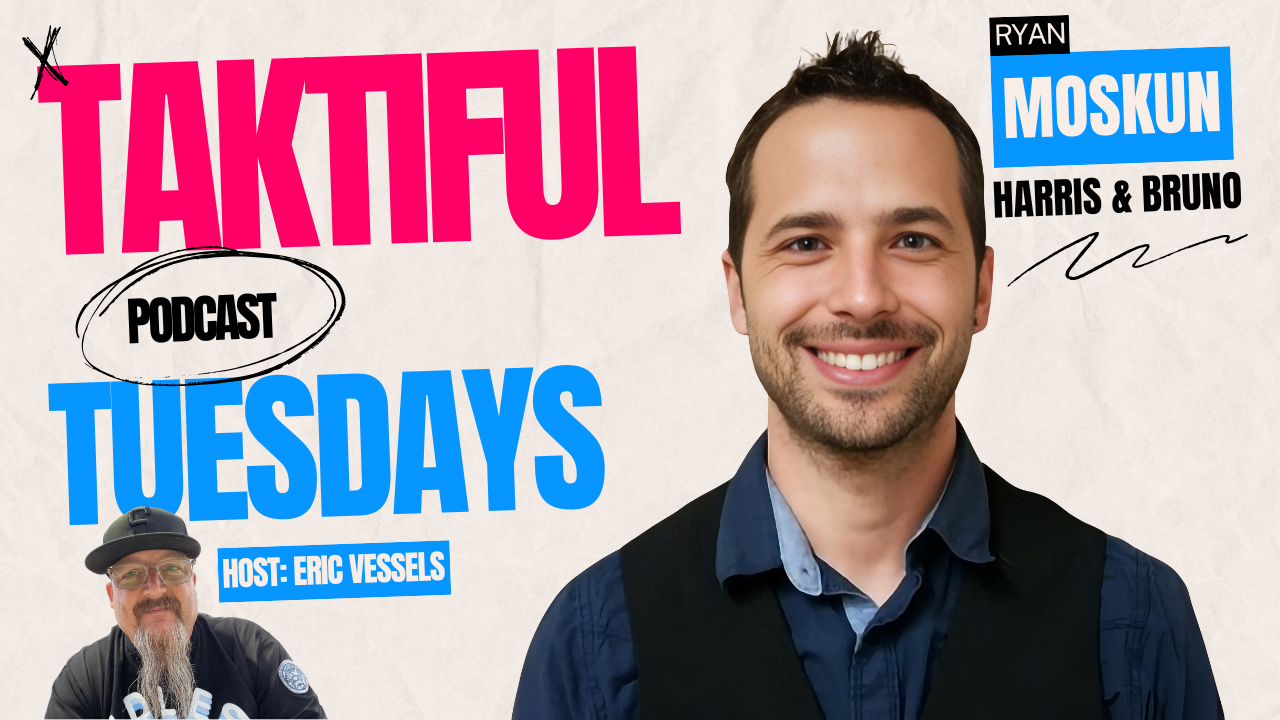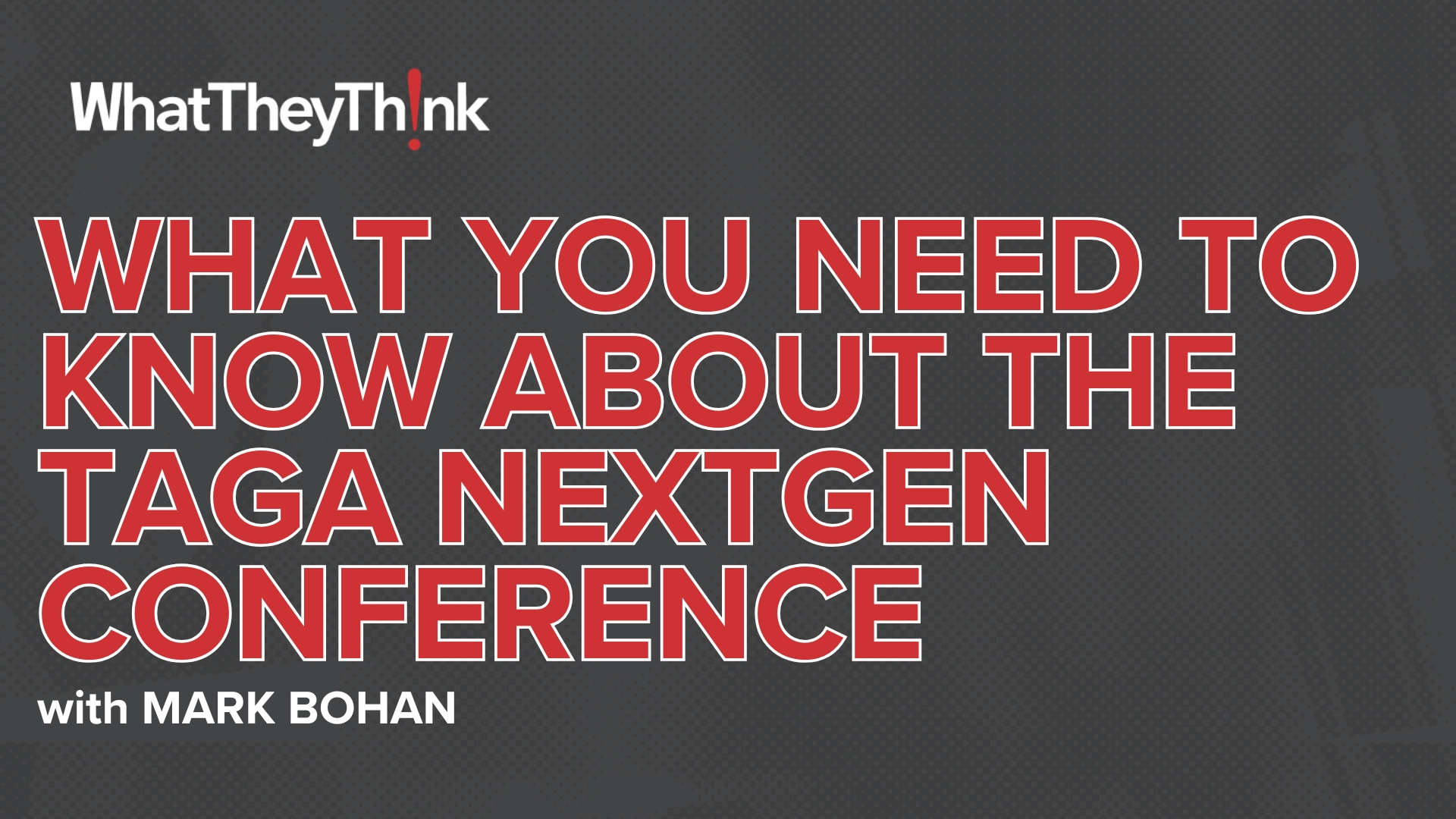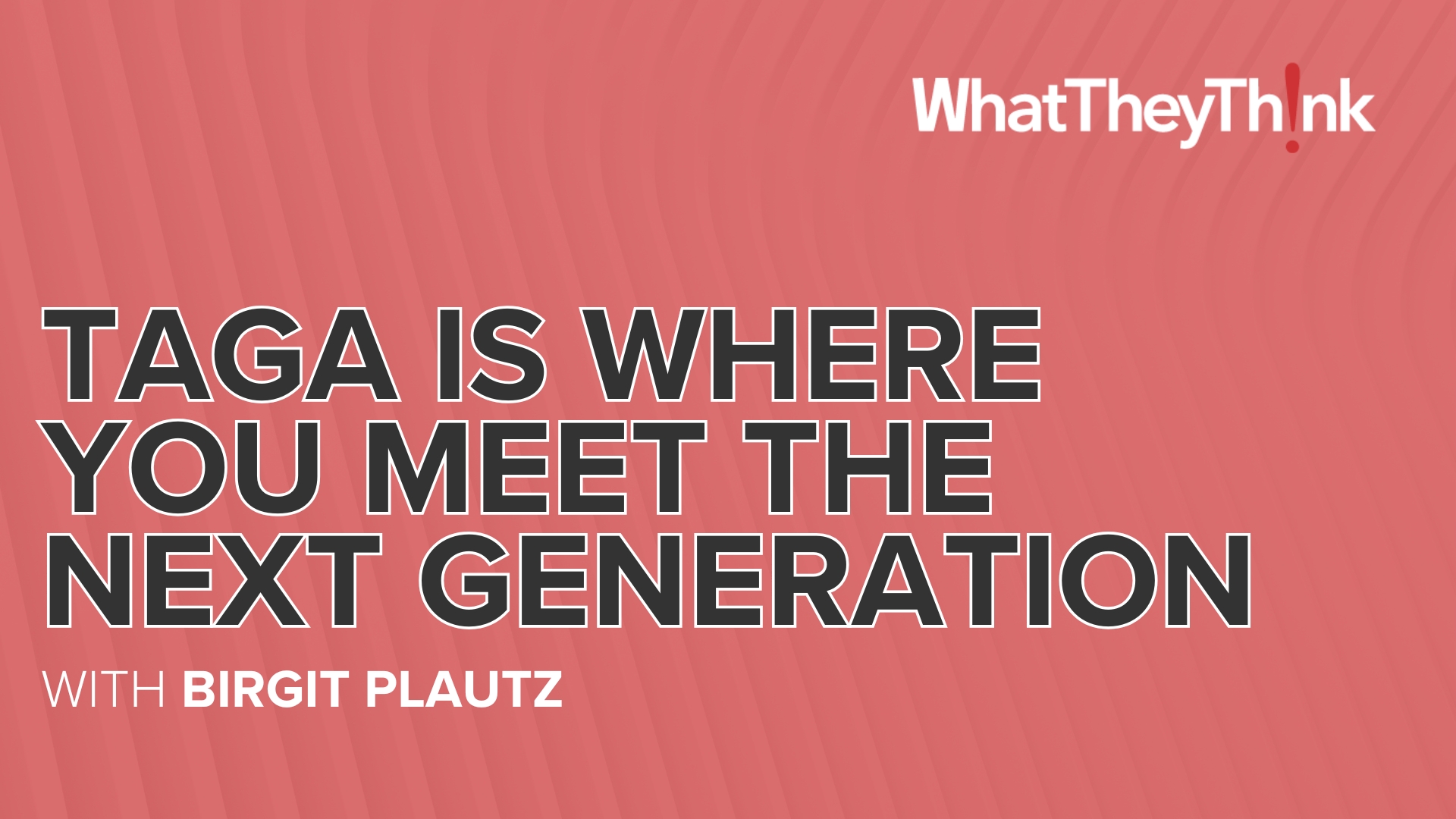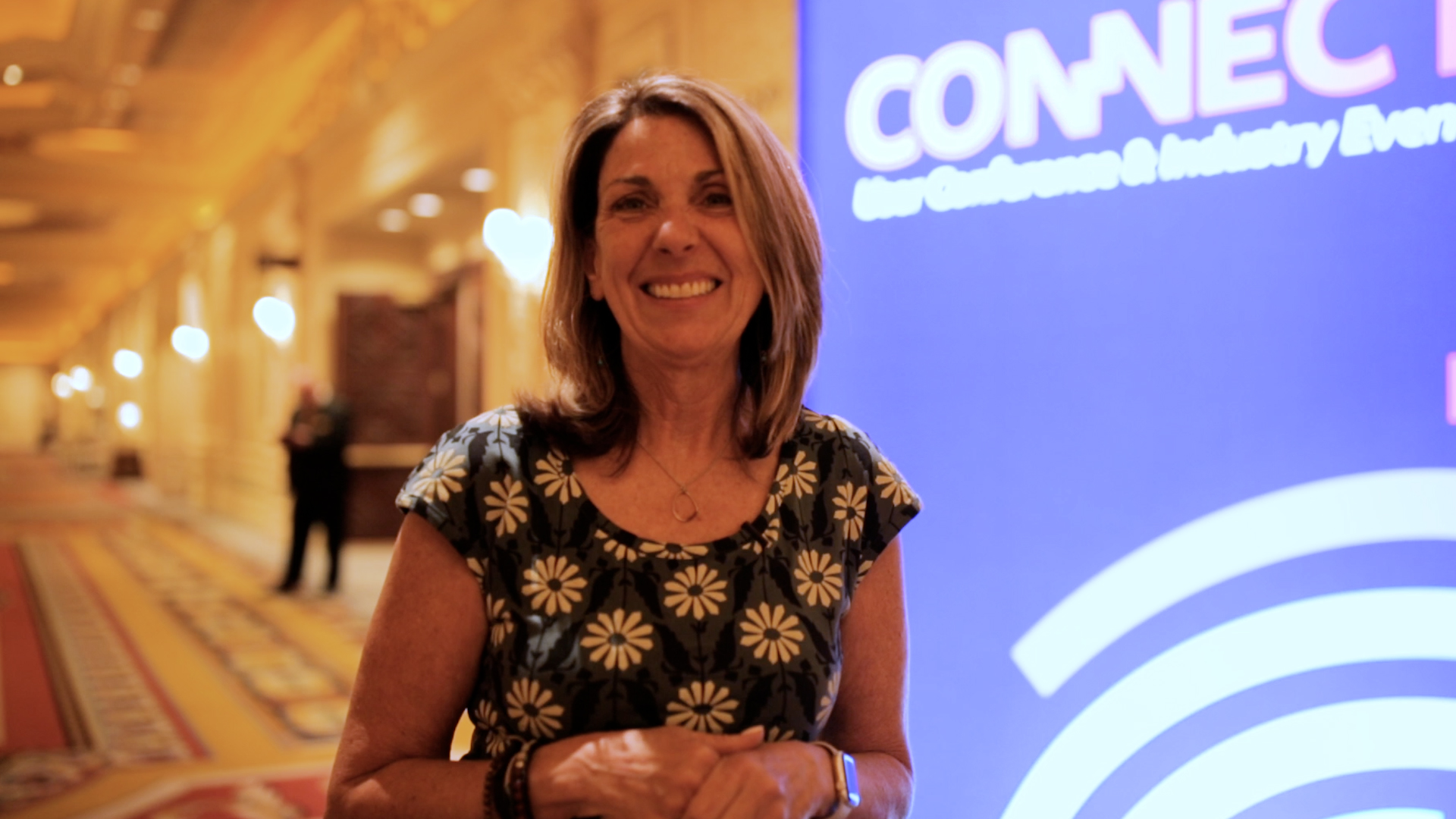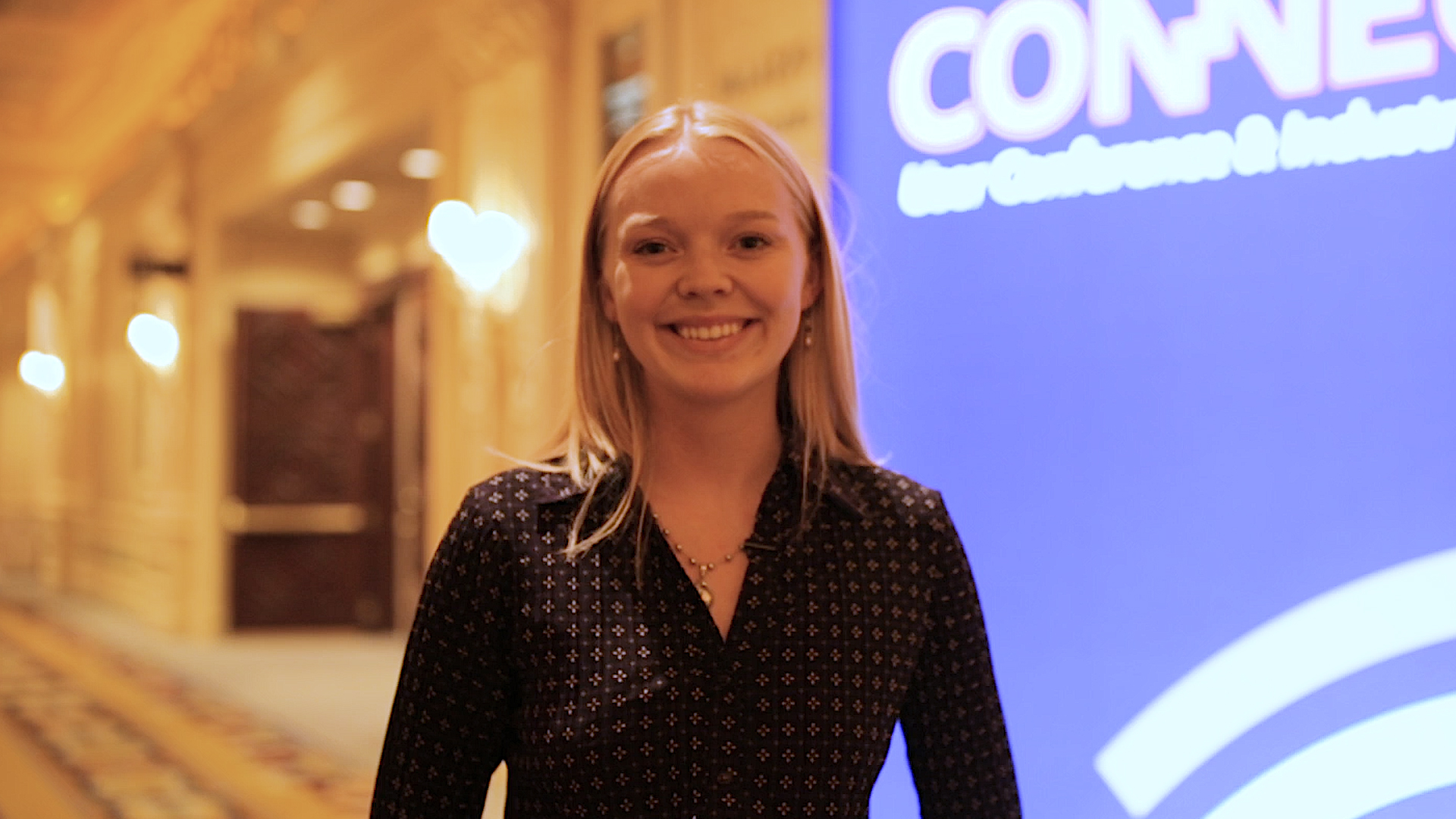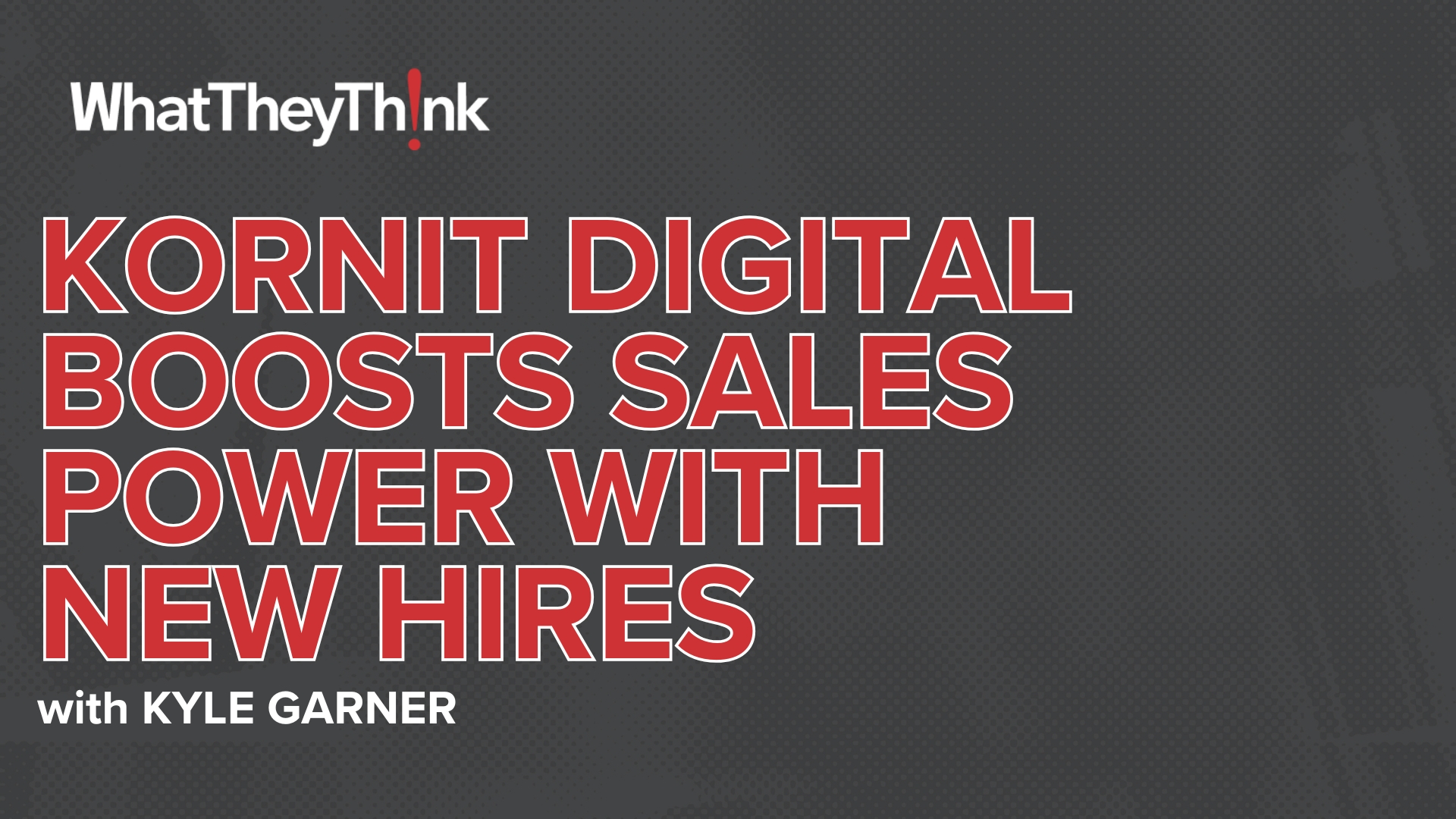Commentary & Analysis
Learn From the Winners: PrintingForLess
On May 18,
On May 18, we celebrated the winners of this year’s Third Annual Environmental Innovation Awards. This year’s winner of the Sustainability and Your Plant award was Livingston, Montana’s PrintingForLess. We recently spoke with Emma Fuller, PrintingForLess’s Director of Manufacturing. Video can be found here.
Emma Fuller: PrintingForLess is located in Livingston, Montana. We’re about one hour north of Yellowstone Park, in a tiny town about 9,000 employees. PrintingForLess has been around for 15 years, started on the internet 11 years ago and we have a number of customers. We especially focus on small business owners. So we have three channels. One is business owners who are buying for their own personal business—about six to 20 customers. We also have a template-based side of our business, and then we have a reseller program where we work directly with people who buy print.
Going Green: Your facility has been custom-designed to sort of take advantage of all sorts of energy saving and employee protection facets. What are some of the examples of the way you’ve custom designed your buildings?
EF: When our building was put in it was actually built as a zero-scape environment. So we have very little water usage. Montana is a drought state almost all the time. I think we’ve been in a drought for 12 years right now. So use very little water, all natural trees, all natural flowering, bushes around our building. We also have a very low scape so we’re built into a hill so you can drive by and our building does not block the beautiful mountains around it. We have 250 plants in our building, literally green growing plants. We also have a very large amount of natural light. One of the reasons for that is that we actually have natural light in our manufacturing area. Very unusual I think in many print industries. So we have large sections of our building we don’t need to have any type of light. All of our lights over our sales pods are actually directed upwards with a gentle reflecting back down so our employees are not working in a very bright light environment.
GG: You recycle an awful lot. How do you benchmark that?
EF: We do. We have a number of recycling programs that go on, looking at many different ways, but we have radiant heat in our building that we can monitor through our electrical bills. We’re also wind-powered and we can tell that by the reduction of our electrical bills and the reduction of our carbon footprint in our community. We have a self-started employee recycling business. That is, all of our garbage goes through and gets picked up and taken out to recycling centers. All of our scrap paper from any of our cuttings from our business goes to Seattle, is actually recycled, and comes back as part of our local newspaper. We even use our tops and bottoms of our sheets. Instead of throwing them out, we donate them to the local school programs. And they use that and then, of course, the paper is recycled. So a number of different ways.
GG: You just mentioned that you generate your own wind power. Now you’re 100% powered by wind. Talk a little bit how that decision was made and how the process went, and what some of the benefits of that have been.
EF: One of the great joys of living in Montana is we have plenty of wind, so we seem to support our local commerce, our local resources as well. But a couple years ago, we had a large carbon footprint. We run three presses. We run 24 hours a day, seven days a week and this was our great opportunity to just be landmark, be progressive, support a local industry that was going in a few hundred miles north of us and just sort of—it seemed the right way to go. And PrintingForLess has always been progressive in what we do and this just seemed the natural next step.
GG: So you found that it’s paid for itself.
EF: Absolutely.
GG: Is your commitment to sustainability something that’s been generated from within or did you find that your customers were demanding it or how did the whole mindset come about?
EF: The mindset came about in a number of ways. We are a very bottom-up/top-down type of a company. Our employees demanded that… continued to demand that we have a very healthy great place to work. We live in a beautiful state. So we have a number of employee-started programs one of which we actually have the Clean the Highway Program so PrintingForLess owns two miles of highway off the interstate and our employees go out and clean that up, clean up all the garbage twice a year. And they also started up a recycling program. We look at that in a number of different ways. We have a great rest area for our employees; a great lunch room; lots of natural light, very comfortable couches. We even have a fish tank in there so people can come in and relax and enjoy where they’re working. And then, of course, from the sense of a business it makes tremendous sense to be recycling. We don’t want to be filling the landfill. It makes sense for us to send our paper out and have it recycled. We send out our plates to be recycled. So while we do get a little bit back from that, it also is the best decision for us as a contributor to our community.
GG: What is in a way that you communicate your sustainability to your customers?
EF: We actually, we listen to our customers. We are very high touch model so we talk to our customers when they call, answer questions. We have been asked about the paper certifications and we wanted to make sure we were fulfilling that so we became FSC-certified, and then SFI and PEFCC followed. We have had our customers call up and say “hey, what about your packaging.” We use bubble envelopes, so we’re looking at a different type of a bubble envelope. Can we have something with a higher post-consumer recycled waste in it? We would love to call our customers back and say, “we’ve heard you, we’ve listened to you, we wanted to make your life easier. We want to make you feel really comfortable buying print from us, here’s what we have done to address that.” All of our cardboard is corrugated recycled; we’re trying to keep up on that. Making sure we have a good product that we can send our products out, and that arrives safely. Of course, it’s on our Web site, we have little windmill, all of our certifications and just talking about it. We’re very open and receptive to new ideas and just making sure that print is not dirty and that it actually is one of the most sustainable activities we can do.
GG: What advice would you give to other printers, large or small, who maybe are still on the fence or haven’t yet committed to any kind of sustainability initiative, who might think that it’s really unwieldy to do or really expensive?
EF: I think you have to look at the commitment and you have to look at the big picture because I think it’s very easy to look small and say, “well, if I just take this to the landfill it’s out of my mind and it’s done.” If you look at the bigger picture and the type of commitment and partnership you want to have with your community, how you help your community become better, how you help it become cleaner, it’s not only about providing salaries and good money and wages to your people, but it’s about making sure that they have a place that we can hand off to future generations.
GG: So you find that to be the value proposition of sustainable printing?
EF: Absolutely and it’s actually not that hard and if you listen to your customers, they really enjoy seeing their ideas enacted. If you listen to your employees, they feel engaged; they will work harder to make sure that those ideas keep going. So I would recommend it. I mean it’s actually very easy to do and it’s something I just learned a number of things today, I would like to go farther on with those ideas as well as talking to other printers about what are they doing. Plus, it just saves you money in the long run.
GG: That’s a thing a lot of people forget is that it actually does save money in the long run.
EF: It does save you money, and we all could do with more of that.
About Richard Romano
Richard Romano is Managing Editor of WhatTheyThink. He curates the Wide Format section on WhatTheyThink.com. He has been writing about the graphic communications industry for more than 25 years. He is the author or coauthor of more than half a dozen books on printing technology and business. His most recent book is “Beyond Paper: An Interactive Guide to Wide-Format and Specialty Printing.
© 2025 WhatTheyThink. All Rights Reserved.

